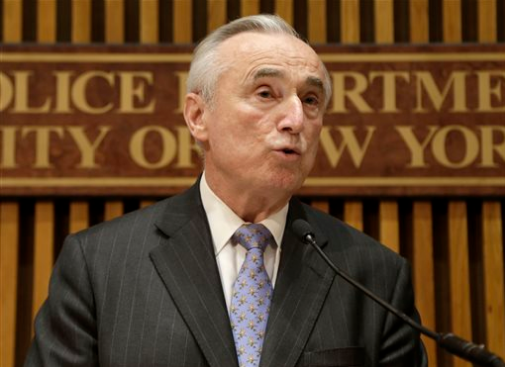NYC Council begins hearings on police-community relations

Relations between New York City’s police department and communities of color, long at a simmer, boiled over last summer when an unarmed Eric Garner was captured on video screaming “I can’t breathe!” as he was placed in a fatal chokehold by an NYPD officer.
That moment led to months of protests, which multiplied and swept across the city following a grand jury decision not to indict the officer. In the weeks that followed, two police officers were killed by a gunman who had paid tribute to Garner on social media, and the rank-and-file police appeared to be in open revolt against Mayor Bill de Blasio.
Now, a tentative truce between the mayor and police unions has set in and the protests have died down. And while the underlying issues of the tension are at the heart of City Council hearings on the matter, there were no fireworks at the initial session Tuesday.
